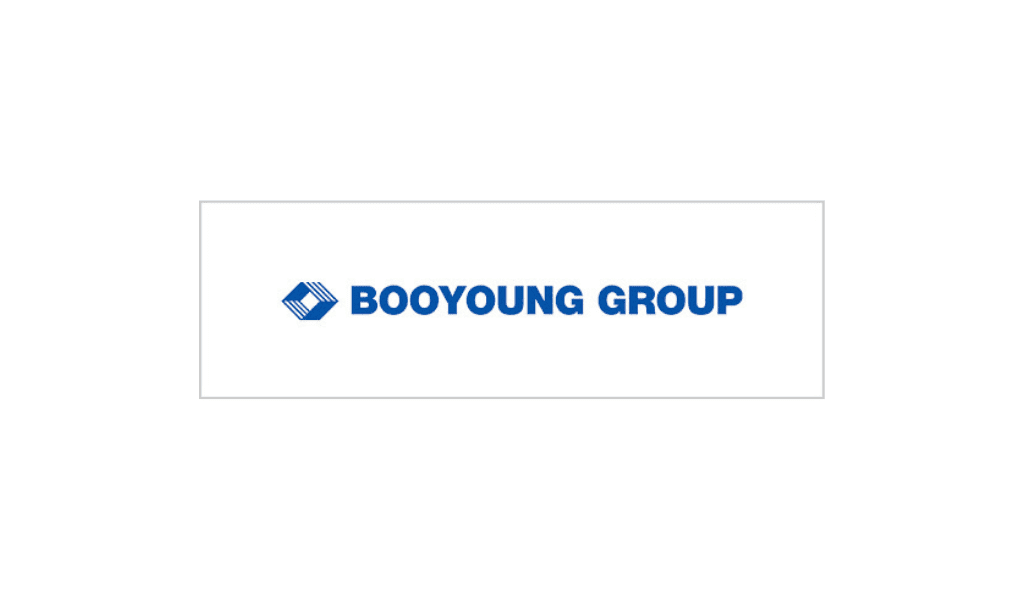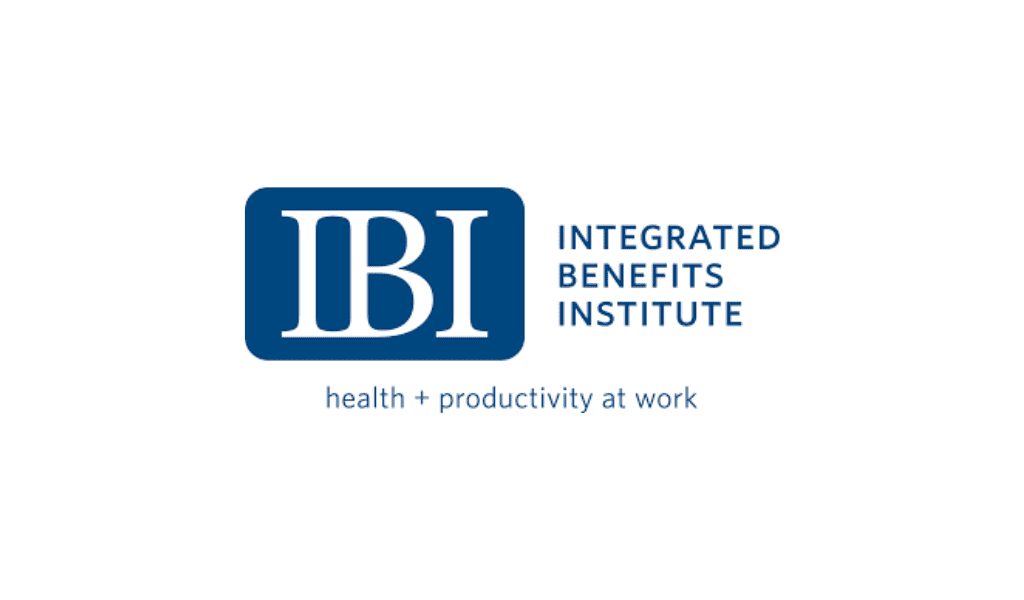Research reveals five trends that help guide best practices in payroll.
By Mollie Lambardi
Payroll continues to be one of the top services that is outsourced to a third-party provider. In fact, Aptitude Research Partners’ recent study on workforce management found that four out of five organizations are using payroll software solutions or payroll services. When looking at large enterprises -those with more than 1,000 employees -that number is nearly nine out of 10. As organizations struggle to find and keep great talent, creating a positive payroll experience is increasingly important. And as HR organizations seek to position themselves as strategic leaders, the last thing they want is to be bogged down by payroll errors. But an increasingly complex regulatory environment is quickly complicating the world of payroll.
Fortunately, today’s payroll solutions are moving beyond the commoditized marketplace, charging pennies per employee to cut checks. They are providing expertise and tools that not only make the life of the payroll administrator easier, but speak to management concerns such as compliance and analytics, and delivering a better experience for employees.
Given the value that payroll solutions can bring, it is critically important that organizations understand their own needs and find the right tools, partners, and services to meet their unique business goals. The following six payroll trends from Aptitude Research Partners’ recent Payroll Index Report can help in this process.
1. Compensation data and execution of payroll are the lifeblood of the digital economy. Conversations about pay are likely going to dominate the next decade. Increasing regulatory complexity; continued globalization of even smaller organizations; and the networked nature of the digital economy driving companies to seek talent wherever it may be; will require deep expertise in calculating and delivering pay locally and globally. In addition, continued transparency around the value of key skills will be required, as buyers and sellers of “work” embark upon a new relationship around the world of pay. Even with data to understand the impact of various activities, organizations will still struggle with both the philosophy around pay as well as the mechanisms to deliver it.
2. Payroll is a sacred contract. Being paid is the definition of work. If organizations can’t get it right, nothing else really matters. And it must be right for compliance reasons, as well as for employees. Nobody likes surprises, particularly when it comes to their money. People don’t just work for the thrill of it -they count on their paycheck to clothe their children, make the mortgage payment, or even splurge on a vacation. Getting it right every time is essential because even the smallest mistake will negate all previous times it was right.
3. Payroll is sticky. With so many human capital applications, organizations struggle to get employees to use the system and log in. It’s amazing how problems with a performance management solution or data inconsistencies in the talent acquisition process can go unnoticed. But anything unusual in a paycheck is usually immediately identified. Organizations can leverage this attention and stickiness to use the paycheck as a hub for other communications, as well as helping associate pay with activities like performance and learning.
4. Payroll offers some of an organization’s most valuable data. Payroll data is one of the few sources of human capital data that has been validated multiple times, and is typically among the easier data sources to get reporting from, especially with today’s technology. If a pay dispute does ever occur, easy access to this data is important. But aside from risk management, this data about who worked where, when, and for how much is the foundation for any other more sophisticated analytics an organization may use in the future. Just understanding the intersection of performance rankings, compensation changes, and real dollars spent can be a huge eye-opener.
5. Payroll is a specialty. Many suite providers on the talent management and workforce management fronts, as well as all the major enterprise resource planning (ERP) providers, have payroll offerings. For some organizations, these capabilities may be absolutely sufficient. But for others with complex and diverse payrolls, the upside of integration may not outweigh the downside of lack of expertise in particular geographies or with particular employment situations. Payroll is so complex; there is a huge difference between a payroll specialist who has feet on the ground in every country where it works and understands and interprets local labor law as well as executing payroll process, and an ERP portal with access to a network of global providers with a common interface.
6. Money doesn’t lie. Pay is not just a process; it is a philosophy. It says in the most concrete way possible “This is the type of behavior and performance an organization values.” Organizations can benefit if they learn to talk about compensation and make sure it aligns to the company mission and values.
Payroll is too essential to get wrong, and it is the root of the employer/employee relationship. But the paycheck can be more than the record of the financial transaction that defines work. Its data and insights can help individuals and organizations make more informed decisions. And a trusted, reliable process lays the foundation for strategic success for all parties.
Mollie Lombardi is co-founder and CEO of Aptitude Partners. The Payroll Index Report provides both a research-based overview of the market as well as in-depth analysis of providers who qualified for the report to help organizations understand the key differentiators they should look for in selecting a partner.














